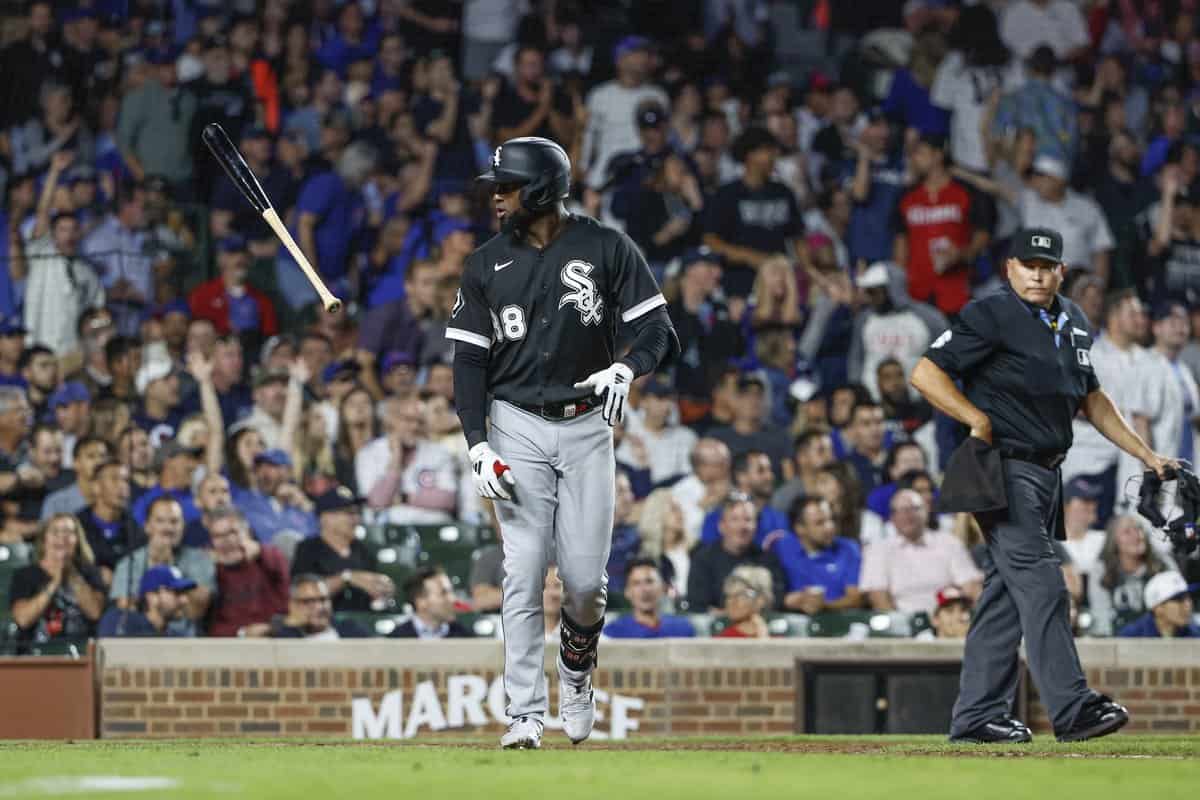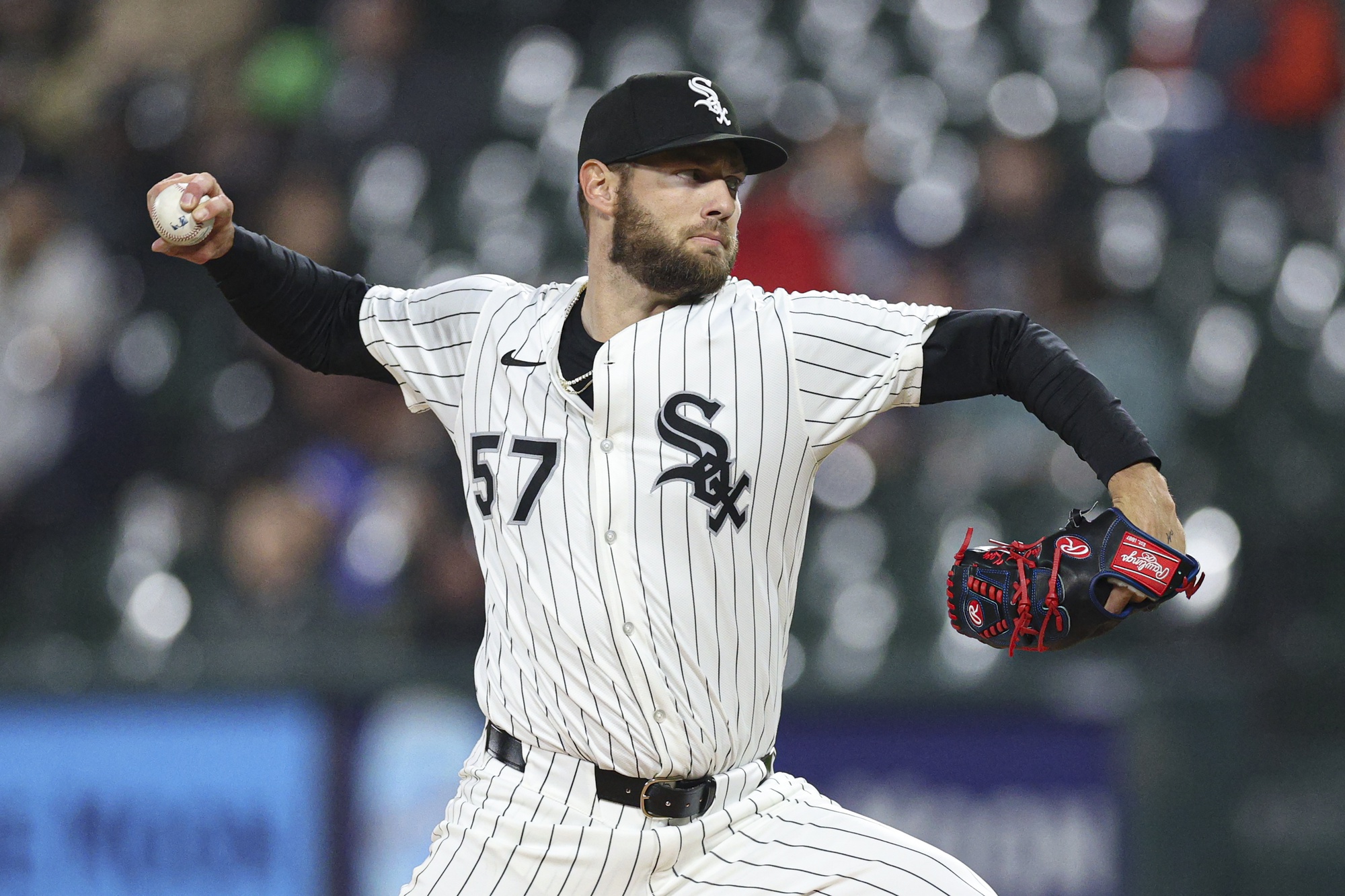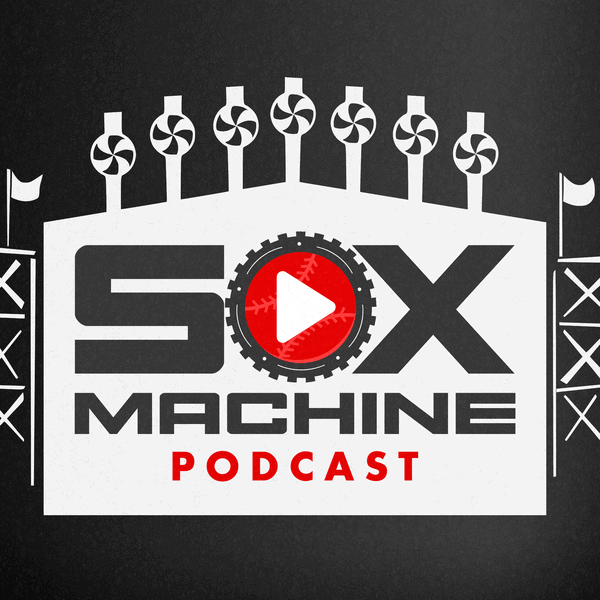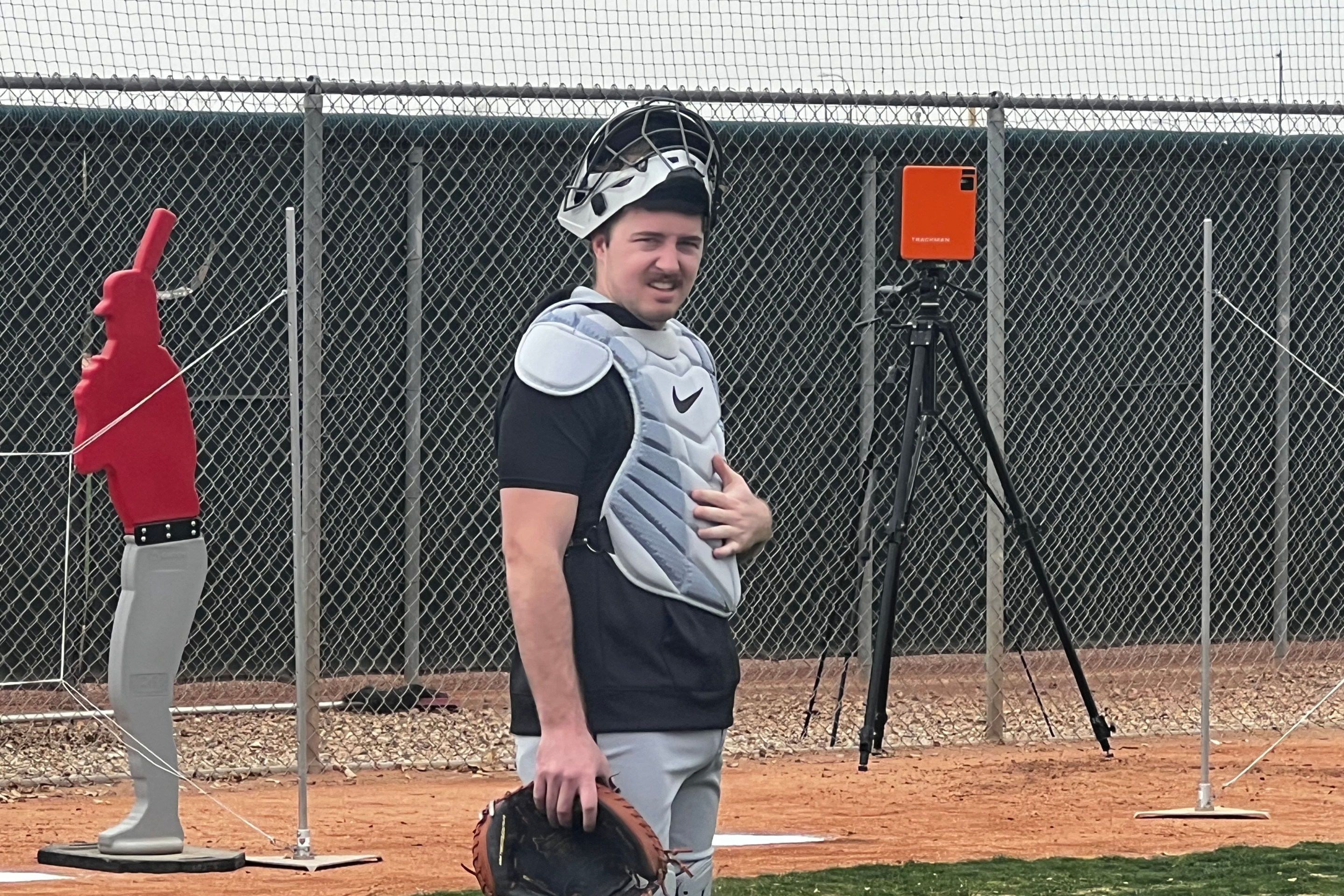Gregg Tekerman was only supposed to spend a day working with Luis Robert Jr. at first.
After a 2018 stateside debut bedeviled by thumb injuries, hitting for more power weighed on the young White Sox outfielder's mind the following winter. A friend in another organization, an undersized player who was hitting for more power than Robert would have anticipated, sparked curiosity about his training methods. That curiosity brought Robert to Tekerman, where he was not scared off by the 16-step hitting program that awaited.
The longtime Miami-based hitting instructor sells his Tek Bat invention to the public, but the short, knobbed, cricket bat-like construction is one of just many different pieces of equipment that Tekerman has Robert drill with with during their offseason sessions. It's a routine they've built out over the course of five years working together, even with the former All-Star commuting from Fort Lauderdale these days to get to the facility.
"Sometimes I have a problem with some minor league guys," Tekerman said. "After they see him work, they will make the comment, 'Dude, I'll never make it up there.'"
When Tekerman talks about the purpose of his eponymous bat's strategically specific weighting, it sounds like an alternate version of pitching coach Lantz Wheeler discussing his core velocity belt invention -- the purpose is to exaggerate the physical feedback the player receives from their swing. Tekerman explains that it makes all the movement of the swing feel more "connected," but in layman's terms, a rollover groundout hurts, the feeling of dropping your back shoulder is made similarly distinct, a balanced swing with an ideal contact point feels deeply satisfying.
Robert can be reserved in his speech, but his face during an at-bat is a library of squints and grimaces after every cut. Tekerman often finds hitters don't enjoy using a tool that initially provides painful feedback, but Robert's self-scrutinizing nature fit with it. When he, or similarly-minded hitters talk about basing things on feel, it is often assumed to be more of a low-fi, ad-hoc approach to hitting, but Robert and Tekerman's cage work is dedicated to cataloguing what every misfire feels like, and what it means for the next swing.
"The biggest thing he does, is he knows what he's doing right and what he's doing wrong," Tekerman said. "There's not too many players that can tell you after an at bat exactly what he did wrong, or what he did right, what he felt. A lot of players go to their iPad and try to figure it out. He's been taught to feel things in his swing, what he's doing right, what he's doing wrong."
While Robert's dominant 2019 run through the minors validated his work with Tekerman, and he brought his coach with him to the red carpet of the 2023 All-Star Game, this offseason finds the 27-year-old and his instructor working back from a low point. Robert has been slowed by major injury before, but never struggled to the tune of his .216/.253/.302 second half.
Tekerman's broad assessment of Robert's 2024 struggles don't diverge too much from what a viewer might intuit from afar, but with a more up-close perspective. He saw the hip flexor injury clearly throw off Robert's timing at the plate, even though the results seemed to worsen the farther he got away from it. Exacerbating the issues in Tekerman's view was what the numbers already bore out and Robert acknowledged as a burden: Being the centerpiece of the least successful MLB offenses in decades did not suit him. Robert's OPS was 120 points lower with runners on than bases empty in 2024, and Tekerman could see his student pressing his way out of his swing timing from afar.
"In his mind, he was trying to carry the whole team and in baseball you can't do that; he was pushing himself beyond what he could have done," said Tekerman. "It's a tough thing to slow a guy down, because you've been taught your whole life to swing hard at the ball. When you swing too hard at the ball, you're helping the pitcher out by being in and out of the zone so quick. And I think last year after coming back off the injury, that's what he was trying to do and not slowing himself down."
Robert's prodigious raw bat speed makes him a dynamic power threat, but he underperformed against fastballs last season (.398 slugging percentage), and he acknowledged that being overly conscious of trying to cut his chasing out of the strike zone made him passive at times. As Tekerman reminisced about Robert's best moments, it often settled upon points where he was in rhythm enough to time up opposing fastballs and react to breaking balls mid-flight. That came when Robert was less sucked into his team's historic failures, but also was healthy.
Early on in their relationship, Tekerman coaxed Robert into speaking more English and providing more verbal feedback by assuring him no one would make fun of his mistakes as he learned. Now the sixth-year big leaguer finds himself suddenly one of the more seasoned hitters at the facility, and Tekerman thinks talking to and advising other players about their swing has increased Robert's understanding of his own. Consistent health has been the 'what if' of much of Robert's career, and in his first full offseason as a Boras Corp. client, Tekerman heaped praised upon the physical condition that the agency's training staff has his pupil in.
"When he was working before, it was just about getting stronger and getting in better shape," Tekerman said. "But I think the Scott Boras group got him to realize what muscles he needs to work on, the right muscles to stay in the game for 162 games. He's more flexible this year than he's ever been. It's really crazy that these guys worked with him that well. He's in great shape."
Robert downplayed it during the season, even when the likes of Grady Sizemore would openly state that the trade talks surrounding him were a distraction. In pointing out that Robert's sense of his role on the team weighed on him, Tekerman affirmed that his uncertain place in the White Sox future couldn't have helped. That's still not resolved heading into this spring, with the club openly in trade talks centered around Robert all winter. It's just more familiar.
The pre-debut extension Robert signed before the 2020 season wasn't much smaller than the biggest free agent contract the White Sox have ever signed. His move to the Boras agency signaled beginning preparations for testing Robert's value in free agency, and the White Sox rebuild, stadium search and TV revenue issues would all signal an inevitable trade, even if Chris Getz wasn't already discussing the former All-Star's market value on record.
Any discussion of Robert's future potential and past accomplishments underscores what a low point his trade value is currently at. Injuries and inconsistency make it impossible to expect a return in line with the perennial MVP candidate Robert looked primed to become at times, but the Giants leading up a package with lefty changeup artist Carson Whisenhunt, or the Reds offering up Edwin Arroyo don't offer upside in line with Robert's best work. The White Sox look primed to wait until they hear something better, and depending how long they're willing to hold out, the reward could be significant.
"I just don't think he's reached his highest potential yet," Tekerman said. "He's going to stun some people here pretty soon."






